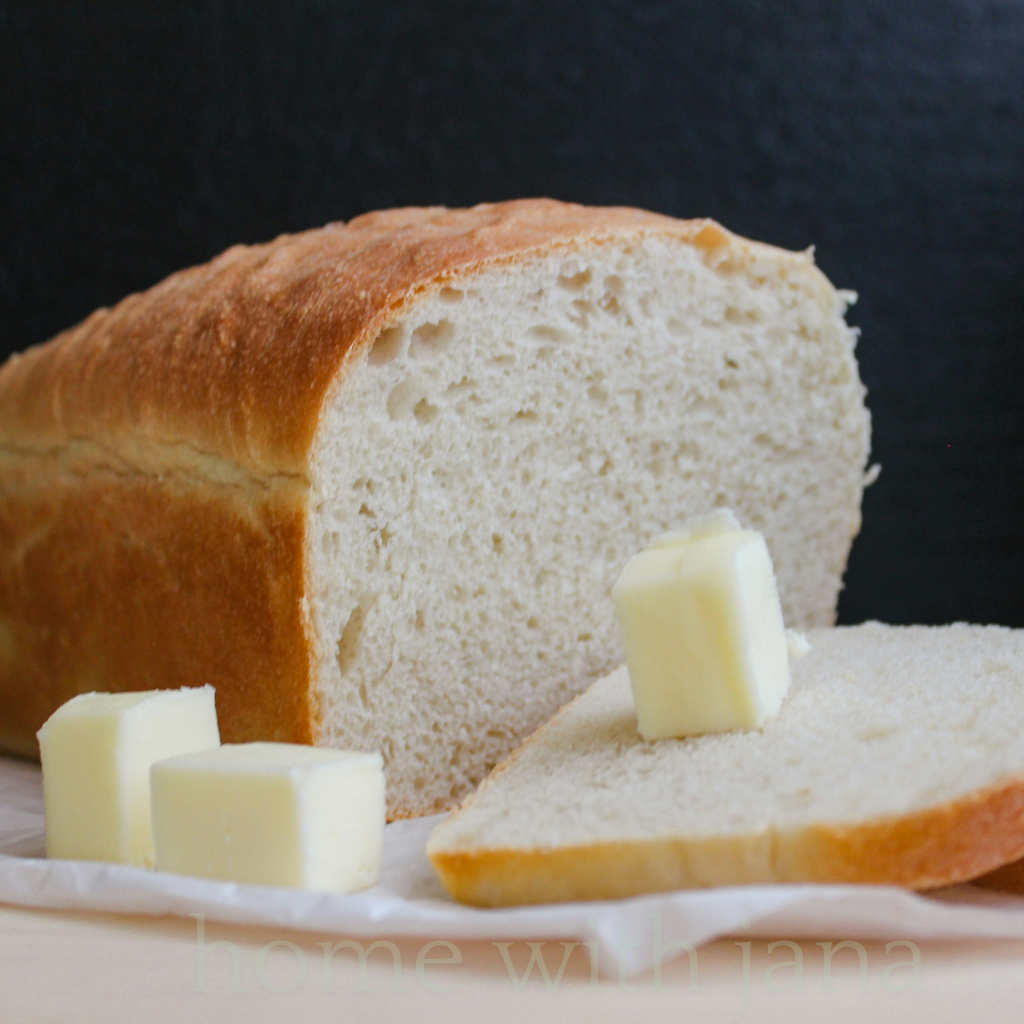Ingredients
Method
- In a large mixing bowl, whisk together 6 cups of flour, sugar, and salt. Reserve additional flour for kneading.
- In a large mixing bowl, whisk together 6 cups of flour, sugar, salt, and the rapid yeast (2 1/4 tsp). Mixing the yeast directly into the dry ingredients ensures even distribution.
- Add the 2 cups lukewarm water and melted butter (or shortening) to the dry ingredients. Mix until a shaggy dough forms.
- Knead on a floured surface for 8–10 minutes (or use a stand mixer with a dough hook for 6–8 minutes), adding reserved flour as needed. The dough should be soft and slightly tacky but not sticky.
- Place the dough in a greased bowl, cover, and let rise in a warm place until doubled in size (about 1 hour).
- Punch down the dough, shape into loaves or rolls, and place in greased pans. Cover and let rise again until doubled (about 30–45 minutes).
- Bake at 375°F for 25–30 minutes for loaves or 18–20 minutes for rolls, or until golden brown and the internal temperature reaches 190°F.
Notes
Recipe Notes:
-
Measuring Flour:
- For best results, spoon the flour into your measuring cup and level it off with a knife. Avoid scooping directly from the bag, as this can pack the flour and result in a dense loaf.
-
Water Temperature:
- Ensure the water is lukewarm (100–110°F). Water that’s too hot can kill the yeast, while cold water will slow the rising process.
-
Kneading the Dough:
- Knead the dough until smooth and elastic. If kneading by hand, aim for 8–10 minutes; with a stand mixer, 6–8 minutes with a dough hook works well.
-
Proofing Environment:
- Let the dough rise in a warm, draft-free place. If your kitchen is cool, you can create a proofing environment by placing the bowl in an oven with the light on (but the oven off).
-
Adjusting Flour:
- Start with 6 cups of flour and add more, 1/4 cup at a time, as needed. The dough should be soft and slightly tacky but not sticky.
-
Shaping the Loaves:
- When shaping the dough for the second rise, ensure there are no air pockets by pressing gently and rolling tightly. This helps the loaf bake evenly.
-
Testing for Doneness:
- The bread is done when the crust is golden brown, and the loaf sounds hollow when tapped on the bottom. You can also check with an instant-read thermometer; the internal temperature should be 190°F.
-
Soft Crust Option:
- Brush the hot bread with melted butter immediately after baking for a softer crust.
-
Storing Bread:
- Cool completely before storing to prevent condensation. Wrap tightly in plastic wrap or store in an airtight container.
-
Make-Ahead Tip:
- The dough can be prepared ahead of time, shaped into loaves, and refrigerated overnight. Let the dough come to room temperature before baking the next day.
